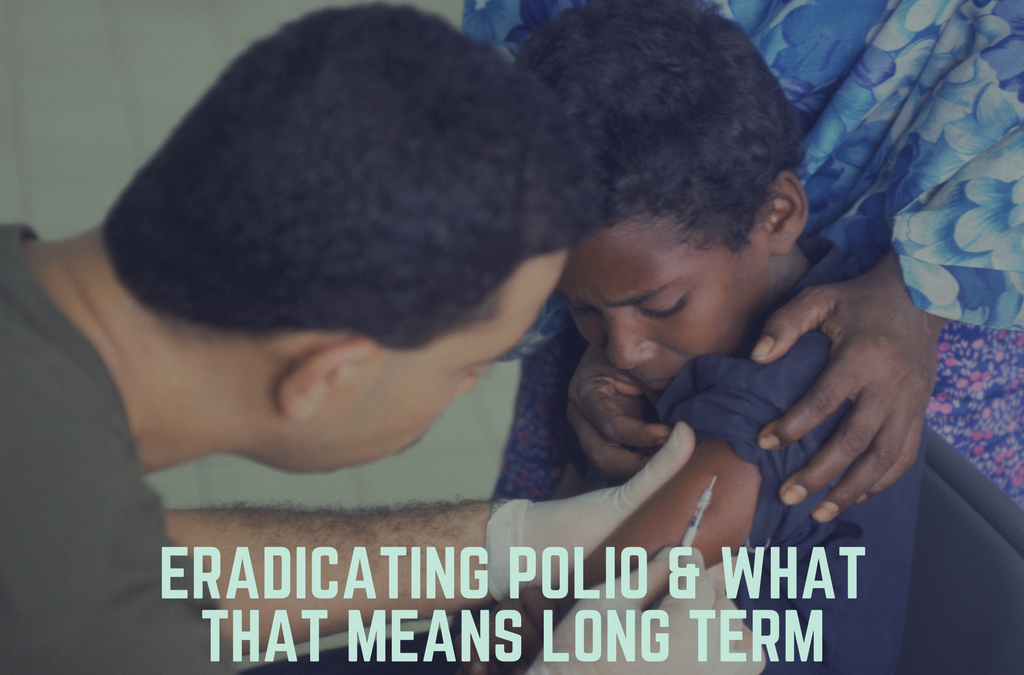For the past few decades, one of the biggest points of order for major health and philanthropic groups including the WHO, The Bill and Melinda Gates Foundation, the UN, and the WEF has been to eradicate polio and make the devastating disease a complete thing of the past. Caused by the polio virus, polio renders its victims partially or totally paralyzed irreversibly. While the initial signs of polio resemble symptoms of the regular flu, left untreated, the virus works its way into the brain, where it inflicts damage to the nervous system
In the US, a long polio epidemic reduced citizens of every social class to wheelchairs and iron lungs sparing none, including Franklin D. Roosevelt, who served as the US President. However, Dr. Jonas Salk developed an effective vaccine to inoculate recipients against the disease in 1955, and since then, developed and developing nations alike have been on a tear to ensure every child gets the vaccine and is thereby made virtually immune from the virus. Today, there are two main ways to administer the prevention. In one, a deactivated version of the polio virus is introduced by an injection. In the other, a weakened version of a live polio virus is taken orally.
Between charity and scientific advancements, oral polio vaccinations are available to developing nations for about 25 US cents per dosage, and positive peer pressure has convinced many across the planet to take their children to hospitals and clinics for polio vaccines. Despite the explicit and implicit costs related to transportation and forgone wages among others, the potential for keeping a child healthy and safe from paralysis is too important to pass up.
As of this moment, our planet is nearing the end of the poliovirus’ reign of terror. Pakistan, for example, is in the home stretch of ending the virus within its borders once and for all. As of early November, the country reported only 5 cases of Polio and is in the midst of planning a country-wide effort to administer 38 million vaccines to the nation’s children. The governments of many developing nations have helped to alleviate the costs, but they also knew that security and safety was a huge factor in making sure ethnic minorities had access to the vaccines. Much of the anti-polio budget went towards securing physical paths to clinics.
While all this news is fantastic, we’re fast approaching a new problem: funding. So much attention has been paid to eliminating polio that, once the mission is accomplished, a significant amount of the funding will dry up, even though there’s still lots of work to be done fighting potentially fatal diseases including the flu, malaria, and diarrhea. There’s already talk of halving the funding that the Global Polio Eradication Initiative provides to the WHO by 2019, which could railroad the progress made in many nations to curb child mortality rates.
While the end of polio is an enormous feat of which scientists, philanthropists, and volunteers alike should be proud, there’s lots more diseases to go, and determining the next steps in the process is vital to preventing regression in children’s’ health worldwide.

